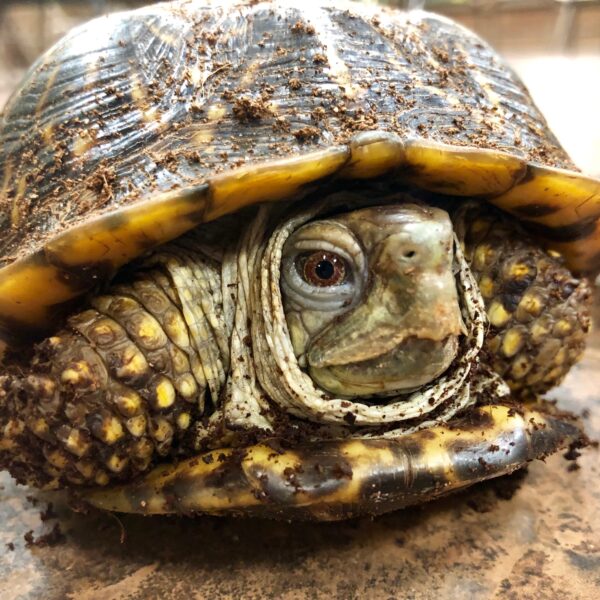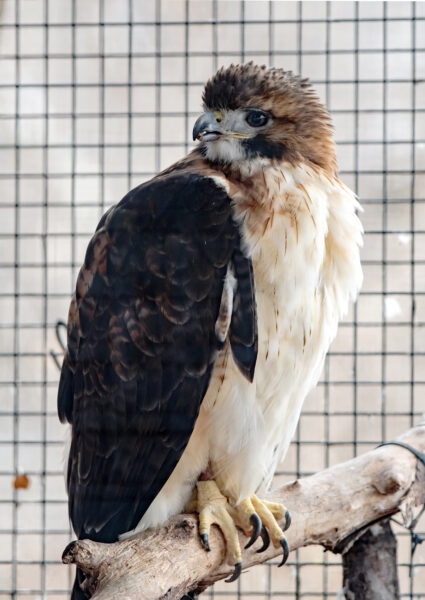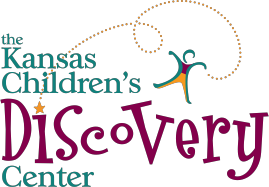
Prairie land, at one time the world’s largest ecosystem, once sprawled across North America.
An ocean of grass stretched from the Rocky Mountains to the Mississippi River, with a complex ecosystem that was equally as vast.
Today, the 170 million-acre span that was once tallgrass prairie has dwindled down to an estimated 4% of its original territory, with the largest remaining unplowed area made up of the Flint Hills – a region stretching from Nebraska to Oklahoma, with Kansas smack dab in the middle.
To teach kids and adults the importance of this endangered, rapidly shrinking land mass, the Kansas Children’s Discovery Center created its own native prairie grass and wildflower habitat. The prairie area runs between the Discovery Center’s parking lot and S.W. 10th Street, complete with native prairie grasses and wildflowers making their own little ecosystem.
The prairie will be in focus Dec. 22 and 29, when the Discovery Center will offer guided tours beginning at 4 p.m. each day. Regular admission applies, which is $9 for children and adults, $8 for seniors and free for infants under 12 months and Discovery Center members. Admission also lets you play all day at the Discovery Center.
The Discovery Center’s prairie sees a wide variety of wildlife, including pollinators such as monarch butterflies, native bees and hummingbirds, as well as various types of birds, turtles, toads, lizards and small mammals such as rabbits.

The Discovery Center is tentatively planning to do a prescribed burn on the prairie area in February. Burns are a natural process for helping control unwanted plant growth, called fuel, from invasive species such as bush honeysuckle or tree saplings, along with fertilizing the soil and promoting regeneration and species diversity. It also opens up space with the taller plants out of the way for sunlight to hit the smaller vegetation as it takes root. Some seeds only germinate under the presence of fire and other disturbances.
Vivien Smith, the Discovery Center’s volunteer prairie manager, said she plans to plant more pollinator species after the burn to help attract butterflies and other pollinators to the area.
In addition to its prairie area, the Discovery Center encourages outdoor play for all children and includes 4.5 acres of outdoor space available for play. The outdoor play area has earned national recognition as a Certified Nature Explore Classroom from the Nature Explore program and includes a treehouse, pirate ship, bikes and trikes, a pond and stream, child-friendly zipline, music garden, texture kitchen, rock climbing area and other fun play spaces.
Value of the tallgrass prairie

Some of the native plants species that grow in the tallgrass prairie ecosystem include big bluestem and different kinds of milkweed such as butterfly weed, as well as white and purple prairie clover, annual sunflowers, buffalo grass, wild indigo, asters, golden rods and wild bergamot, also known as beebalm.
Native animals to the tallgrass prairie ecosystem include hundreds of species of birds, though they have seen a massive decline in population in recent years, as well as dozens of species of reptiles, amphibians and mammals. Native mammals to the system include white-tailed deer, American bison, prairie dogs, white-tailed jackrabbits, red foxes and North American badgers. Pronghorn antelope, elk, black bears and mountain lions are also considered native to the ecosystem, though they are locally extirpated – forced out by human presence and overhunting. The black-footed ferret, an endangered species, is another indigenous mammal to the tallgrass prairie.
Bird species such as burrowing owls, red-tailed hawks and greater prairie chickens also called the tallgrass prairie home, as do reptiles and amphibians such as the Texas horned lizard, bullsnake and great plains toad.
The streams and rivers that cut through the tallgrass prairie land are home to a variety of interesting native fish, as well, including the alligator gar, paddlefish and the Topeka shiner, an endangered minnow that is named after the capital city of Kansas. Topeka shiners were once found in the Shunganunga Creek before disappearing in the 1950s.
More those looking to get an even more close-up look at some of the prairie’s native critters, the Topeka Zoo houses a variety of prairie reptile species, including a western hognose snake, prairie kingsnake, ornate box turtle, 3-toed box turtle, corn snake and black rat snake, according to Rachael Rost, the zoo’s education program manager.
Other prairie species the zoo has on hand include a Virginia opossum and striped skunk, as well as a turkey vulture, screech owl, Great Horned owl and a red-tail hawk named Dane, pictured above.
More prairie resources
@kansasdiscovery Took a tour of the prairie area near the Discovery Center and we noticed this nest! ##birds ##birdwatchers ##animals ##children ##nests ##nature ##prairie
♬ Paper Birds – Jordan Halpern Schwartz

2 Comments